
After a long but enjoyable hike it’s tempting to kick off the boots and sit, be it in your car or on the train for your trip home.
My personal experience of 40 years of hiking has taught me that 5 to 10 minutes of stretching immediately after your hike makes a world of difference to your recovery.
So, my answer to the question: should you stretch after hiking is a definite yes. Here I’m going to discuss the benefits of post hike stretching and give some examples of stretches you can do, but before we start seek guidance from your doctor or physio therapist before undertaking any exercise regime, including stretching.
Why You Should Stretch After Hiking
Stretching Reduces the Risk of Injury
- Stretching after a hike isn’t just about cooling down. It plays a crucial role in preventing injuries. When you stretch, you help your muscles recover quickly and stay flexible. This means you’re less likely to pull a muscle or get cramps next time you hit the trail.
Stretching Helps with Sore Muscles and Reduces Stiffness
- Sore muscles and stiffness can be quite a bane after a vigorous hike. A few gentle stretches can help reduce that soreness. Stretching helps ease the tightness in muscles, making your next day much more comfortable.
Stretching Increases Flexability
- Another big win is flexibility. Regular stretching increases your range of motion, meaning you can climb, descend, and maneuver tricky paths more easily. It makes your body more adaptable to different hiking demands.
Stretching Improves Circulation
- Good circulation is essential too. Stretching improves blood flow, which helps bring oxygen and nutrients to your muscles. This not only helps with recovery but also helps bring your heart rate back to normal after an intense hike.
Consult a Doctor
- Got pain that stretching doesn’t seem to help? That’s your cue to consult a doctor. It’s crucial to differentiate between typical post-hike soreness and something that could be a serious injury. Always better to play it safe and get professional advice if you’re in pain.
My Personal Experience of the Benefits of Post-Hike Stretching
I recall a 2 day pack hike I did years ago. It was tough, we were wading through water, tackling steep climbs out of a gorge and with a full pack. Silly me didn’t think about stretching after the first strenuous day. Big mistake. When I got home, I was so stiff and sore, sitting down was a painful experience. My muscles felt like they were made of concrete, and moving around was a chore. This lasted for 2 to 3 days!
Everything changed when I started incorporating just 5-10 minutes of post-hike stretching. It was a game-changer. I noticed a significant reduction in soreness. My muscles felt more relaxed, and I was way more comfortable the next day.
It’s simple practices like these that make all the difference. Stretching doesn’t take a lot of time, but the benefits are immense. It’s now a standard part of my hiking routine.
Pre-Stretching Tips for Hikers
- Always warm up first. Jumping into stretches with cold muscles is a recipe for injury. Even a gentle walk for a few minutes can get your blood pumping and muscles ready.
- Stretch right after the hike while your muscles are still warm and pliable. Delaying stretching reduces its effectiveness and can leave your muscles stiff.
- Hold each stretch for about 30 seconds. This ensures your muscles get the full benefit. Rushing through stretches might do more harm than good.
- Use proper form. Incorrect stretching can cause injuries. If unsure, consult a professional or watch reputable instruction videos.
- Listen to your body. Stretching shouldn’t feel painful. If something hurts, stop immediately. Your body’s signals are there for a reason, so don’t ignore them.
Top Stretches for After Your Hike
Top Stretches for After Your Hike:
- The quadriceps stretch is a must. Stand on one leg, bring the opposite heel back, grab the ankle, push your hips forward, and hold for 30 seconds. It really gets those front thigh muscles.
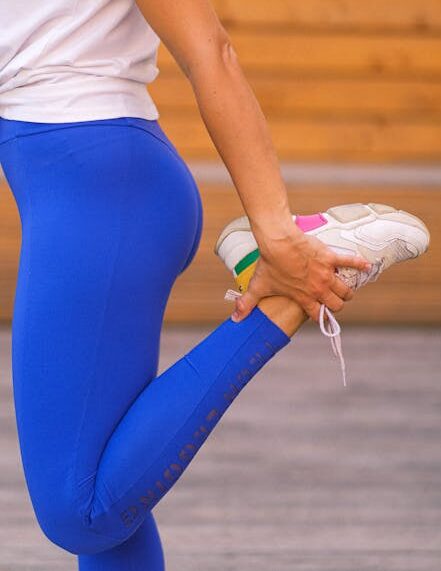
- Hamstring stretch works wonders. Sit with one leg extended and the other foot against your inner thigh. Lean forward and hold for 30 seconds. Perfect for the back of your thighs.

- Calf stretch is essential. In a lunge position, push the back heel into the floor and hold for 30 seconds. This keeps your calves happy.
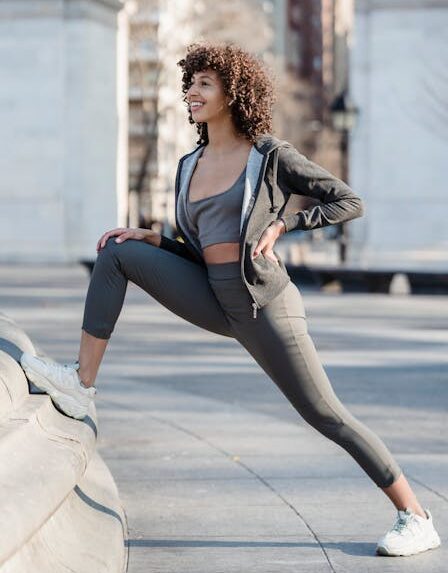
- Hip flexor stretch is great for your hips. Kneel on one knee, place the opposite foot on the floor, lean forward, push your hips down, and hold for 30 seconds.
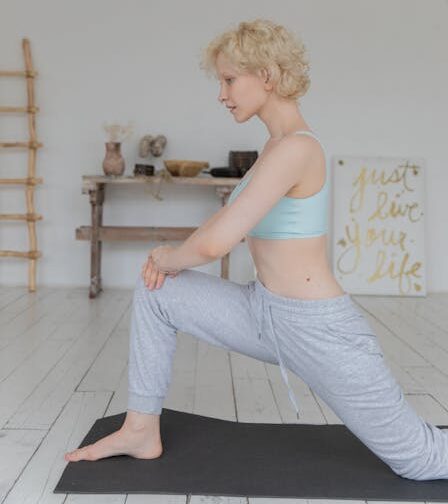
- Back extension feels amazing. Lie on your front, rest on your forearms, push up on your elbows or hands, and hold for 30 seconds. It really helps your lower back.

- Upper body stretch matters too. Stand and bring one arm overhead. Drop your forearm between your shoulder blades, gently pull with the opposite hand, and hold for 30 seconds. Perfect for those upper muscles.

- Buttocks stretch should not be skipped. Hold a tree or post, place one foot on the opposite knee, bend the supporting leg, and hold for 30 seconds. Your glutes will thank you.
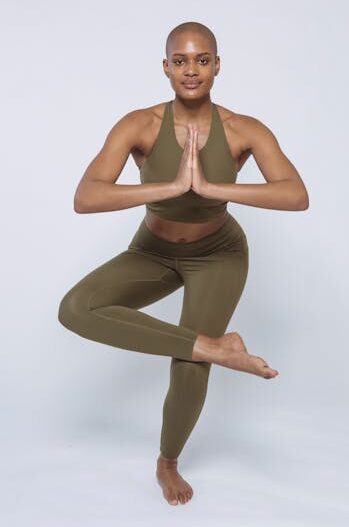
- Waist stretch is quick yet effective. With knees slightly bent, raise one arm, tilt to the opposite side, and hold for 10 seconds. Great for your sides.
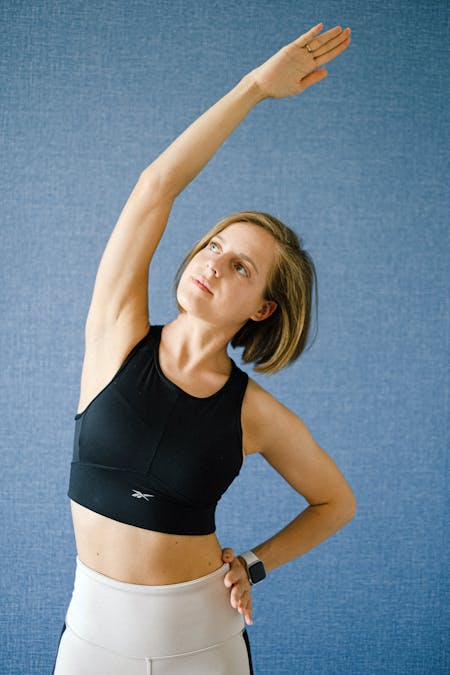
- Adductor stretch is crucial. With legs apart, bend one leg while keeping the other straight, and hold for 20-30 seconds. This targets the inner thigh area.

- Don’t forget your ankles. Move into a lunge, bend the back leg while tilting hips over the heel, and hold for 20-30 seconds. Keeping your ankles flexible is key.
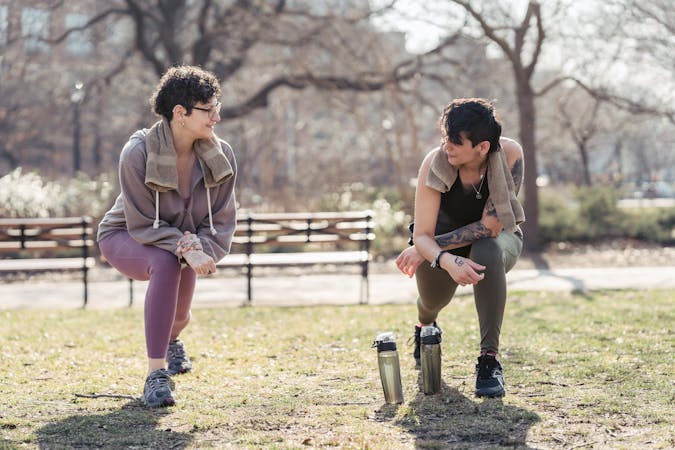
Common Questions and Answers About Post-Hike Stretching
- Wondering if stretching after hiking can prevent injuries? Yes, it can. Stretching helps keep your muscles flexible and reduces the risk of strains and sprains.
- How long should you stretch after a hike? Aim for about 5-10 minutes. This time frame is usually enough to cover all major muscle groups without being too time-consuming.
- Experiencing pain during stretching? Stop immediately. Stretching should not be painful. Consult a healthcare professional to rule out any serious issues.
- Feel fine after a hike? Is stretching still necessary? Absolutely. Regular stretching not only helps recovery but also prepares your body better for future hikes.
- Are certain stretches off-limits? Generally, avoid bouncing or jerky movements. Stick to smooth, controlled stretches. If any stretch feels wrong for your body, skip it and find an alternative.
My Final Thoughts
Not only post but pre-hike stretching has become part of my hiking routine. I can complete a 12 – 15 mile 20 – 25 km) hike and wake up the next day pain free. I put this down to stretching. So get stretching and happy hiking!
Do you have any hiking experiences where you haven’t stretched and felt the pain? I’d love to hear from you.

This post really hits home for anyone who’s felt the aftermath of a long hike without stretching – myself included! Your personal experience of feeling stiff and sore after skipping post-hike stretches really resonates, and it’s such a valuable lesson for all of us. It’s clear that those few minutes of stretching can make a huge difference in recovery and overall hiking enjoyment.
I appreciate how you’ve broken down the benefits of stretching, from injury prevention to increased flexibility and better circulation. It’s a great reminder that hiking isn’t just about the adventure itself, but also about taking care of our bodies so we can continue to enjoy the trails.
The specific stretches you’ve recommended are spot-on and easy to follow. I’m definitely going to make post-hike stretching a non-negotiable part of my routine from now on. Thanks for sharing your wisdom. It’s a real game-changer!
Hey, I’m back again! Just read your post about stretching after hiking. It’s perfect timing since I’m planning my first hike after reading your gear guide. Your posts are really helping me get ready!
Your story about feeling stiff after a hike got me thinking. I’ve definitely been there with other sports – like that time I tried rock climbing and could barely move the next day! I can totally see that happening to me on a hike too, haha. It’s awesome that just a few minutes of stretching can make such a big difference.
I’m a bit nervous about doing the stretches wrong though. Any tips for a newbie like me? I don’t want to mess up and make things worse by accident. Maybe I should film myself and compare it to some YouTube videos?
The list of stretches is surely super helpful. My hips and knees always get sore after long walks. Got any extra advice for those areas? I’m especially interested in that hip flexor stretch – it looks like it could be a game-changer for me.
You talked about stretching before hiking too. Is that just as important? I usually just jump right into things without warming up. Old habits die hard, I guess!
Thanks for another great post. Between this and your gear guide, I feel way more prepared to hit the trails. I’ve got a local hike in mind – it’s supposed to have amazing views. Can’t wait to try these stretches after and see if I feel like less of a zombie the next day!
Hi thanks. I’m glad you are enjoying my posts and I hope they help you. Pre hike stretching is important in preventing injuries which is the last thing you want when hiking. Post hike stretches help with recovery. In my mind they are both important.
Hi Lyn,
Wow, what a fantastic post! My wife and I hike a lot, and we usually just jump right into heading up the hill without thinking much about stretching. Now that I’m in my 50s, I’ve really started to focus on protecting my body and making recovery a priority. This article really hits home—taking care of this aging corpse is no joke! Back in my younger days, I could dive right in and recover in a day or two, but now, what used to take a day takes a week or more.
Your tips on stretching after a hike are gold, and I’ll definitely be incorporating them into our routine. As usual, you nailed it again with this great content! I’m already looking forward to your future posts. Thanks for another awesome read!
Best,
Opa